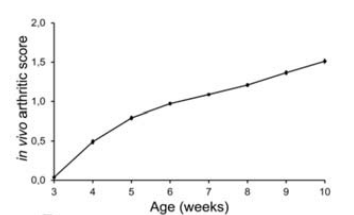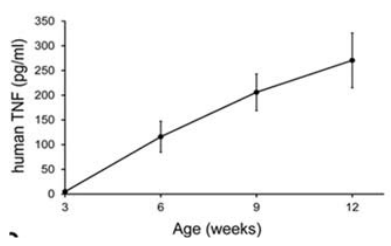4T1 Breast Cancer mouse model: A Reliable Tool for Breast Cancer Research
4T1 is carcinoma cell line originating from a spontaneous mammary tumor in a Balb/c mouse commonly used in preclinical studies of breast cancer. This cell line was derived from a spontaneous mammary tumor in a Balb/c mouse and been extensively researched due to its capacity to generate highly metastatic tumors, closely mirroring the characteristics of human breast cancer in murine models.













